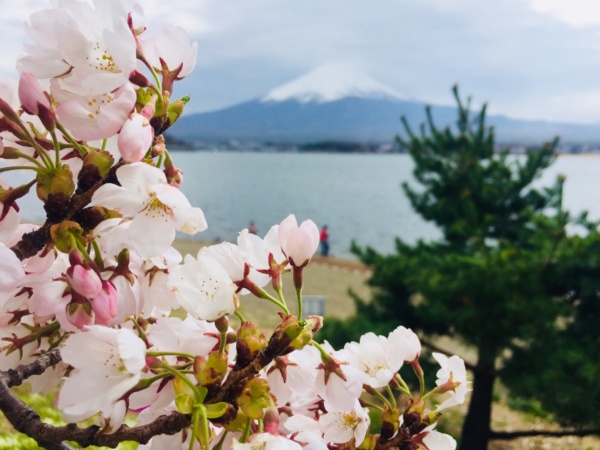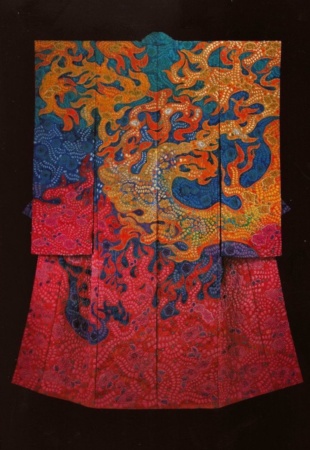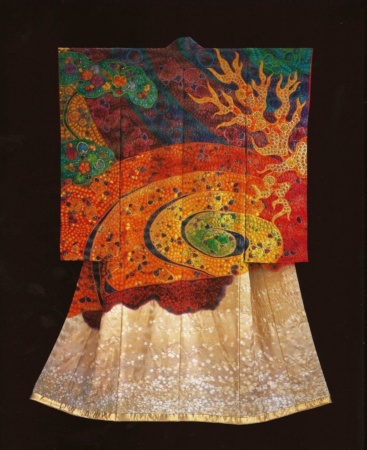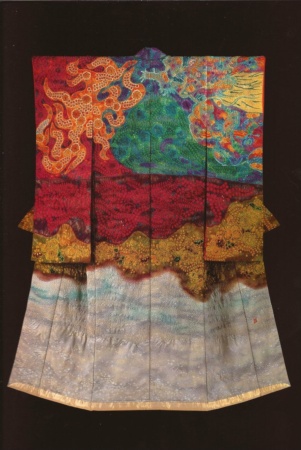 So what was the highlight of your trip?’ Aargh! How often are we asked this question? Yearning to deliver a blow by blow reminisce supported by just 500 of your carefully curated photos; scrabbling to single out specifics, all the while wondering if the querist is genuinely curious or merely appeasing the post-holiday excitement emanating from your persona? A little of all I suspect lovely readers and being the gratuitous oversharing person that I am, I’ll oblige. With not one but three!
So what was the highlight of your trip?’ Aargh! How often are we asked this question? Yearning to deliver a blow by blow reminisce supported by just 500 of your carefully curated photos; scrabbling to single out specifics, all the while wondering if the querist is genuinely curious or merely appeasing the post-holiday excitement emanating from your persona? A little of all I suspect lovely readers and being the gratuitous oversharing person that I am, I’ll oblige. With not one but three!
Given my little trip was a nine-day Japan Classics with an agenda as packed as a pub on a public holiday, and covering a mere fraction Japan has to offer – just being in a country where my grasp on the language being zero was a highlight. So too, experiencing the inhabitants treating their land, each other and you with the most profound respect. Where food presentation, delivery and consummation is an artform, slurping considered a compliment and chopstick placement significant. Where Mt Fuji, a deity, is referred to as shy, where deer bow for favours, temples abound, and blossoms have profound significance. Almost 100% literacy rate, unemployment at just 4%, the second lowest homicide rate in the world. What’s not to love?
Three Highlights
1) The ‘Symphony of Light’ Kimonos
 Itchiku Kubota wanted to live to be 120. That how long the textile master estimated it would take him to complete his life’s work, a series of elaborately handcrafted kimonos, which, when hung side by side, will form a panorama celebrating the four seasons and the cosmos.
Itchiku Kubota wanted to live to be 120. That how long the textile master estimated it would take him to complete his life’s work, a series of elaborately handcrafted kimonos, which, when hung side by side, will form a panorama celebrating the four seasons and the cosmos.
At the age of 14, Kubota began studying yuzen (rice-paste resist), six years later stumbling across a 350-year-old fragment of elegantly patterned cloth in the Tokyo National Museum. ‘Trembling in the face of such mastery and refinement’ he related, he stood transfixed for three hours. ‘I encountered a source of boundless creativity which revealed to me my calling’.
Later, incarcerated in a Siberian prisoner of war camp, he observed sunsets that he hoped one day to emulate  on his kimonos using the technique he’d identified on that tiny piece of cloth – tsujigahana. A complicated method of tie-dyeing embellished with intricate embroidery, elaborate brush painting, sumi ink drawing and gold-leaf application. Post-release, 20 years attempting to replicate that lost art, Kubota eventually perfected his particular technique, referred to as ‘illusionary dyeing.
on his kimonos using the technique he’d identified on that tiny piece of cloth – tsujigahana. A complicated method of tie-dyeing embellished with intricate embroidery, elaborate brush painting, sumi ink drawing and gold-leaf application. Post-release, 20 years attempting to replicate that lost art, Kubota eventually perfected his particular technique, referred to as ‘illusionary dyeing.
Each Kimono takes up to two years to complete, an atelier of artisans to help and 40 of his intended 80, called the ‘Symphony of Light’ can be found at the Itchiku Kubota Art Museum, a gallery he built to showcase the work. Hung side by side, the kimonos create a panoramic landscape, the intricacy of each taking my breath away. It will you too. His son continues the collection. Impressive!
